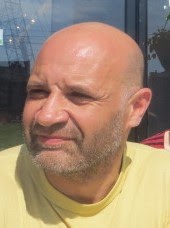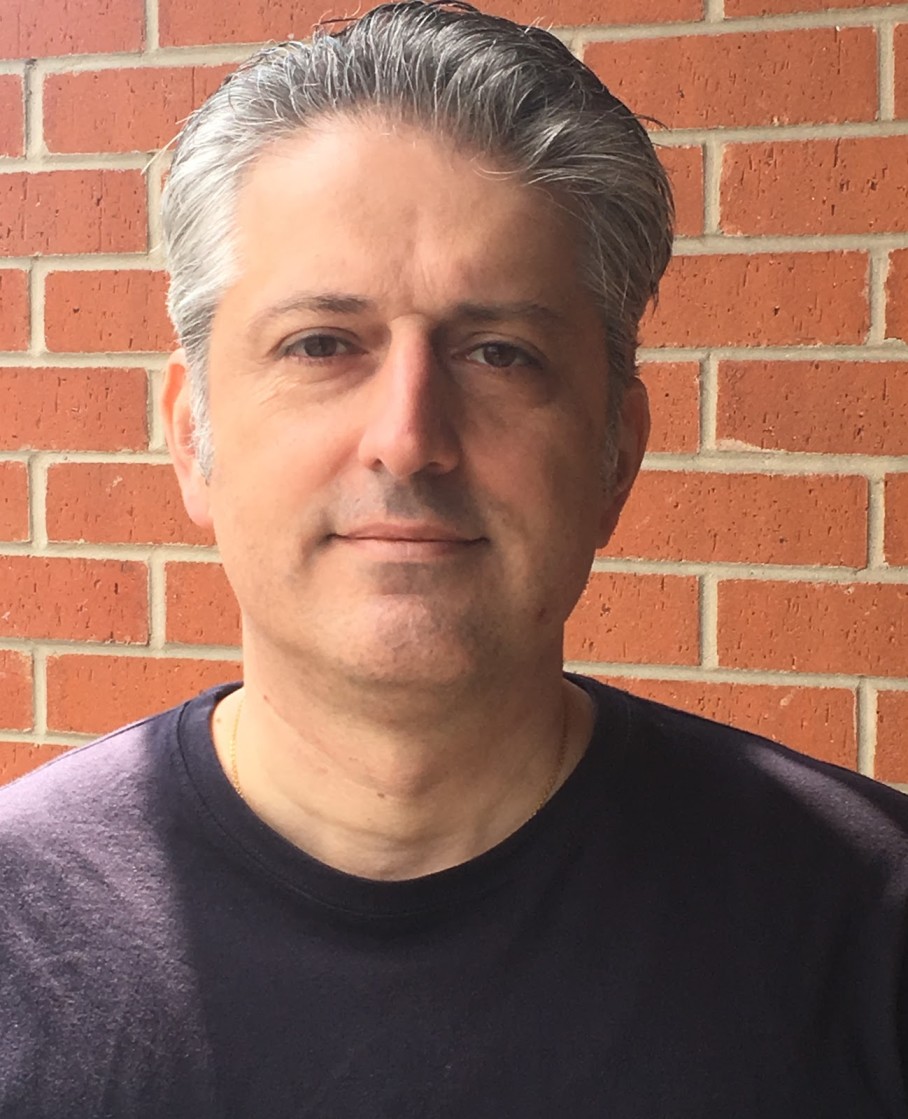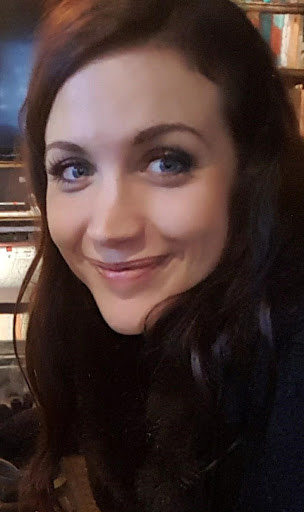Manchester University brings together communities through their 3D Virtual Space
The People’s History Museum, Martin House Centre and Manchester University campus is open virtually to expand student and community learning.
This last year has seen universities close their doors in favor of an online approach to education. Manchester University has taken this one step further by working with a number of community partners to create a 3D virtual learning space of libraries, museums, and the campus itself. Viewers are given in-depth views of these locations, along with detailed Mattertags that share information and education that would otherwise remain locked away for the duration of the pandemic.
We connected with Shekina Popper, Communication & Marketing Manager, Professor Kostas Arvanitis, and Professor John Piprani, members of Manchester University who spearheaded their 3D capture campaign.
Q: What inspired the 3D capture of the museums, galleries, and heritage sites?
KA: The quality, ease, and speed of its 3D scans were the main reasons for choosing Matterport for this task. In our BA and MA courses at the School of Arts, Languages, and Cultures, lecturers often ask students to visit exhibitions and installations in museums, galleries, libraries, theatres, concert halls, and other cultural or heritage sites in Manchester or nearby. In these individual or group visits, which happen in advance of a seminar or lecture, students are often asked to examine a particular display or aspect of the organization and consider a number of questions that relate to the course’s themes and topics. These are then discussed in the relevant seminar and or lecture.
Due to the pandemic, such visits have been more difficult or even impossible to undertake. So, 3D scanning has offered students and tutors “virtual” ways to visit and conduct fieldwork in museums, galleries, and heritage sites.
SP: The first scan we did was the art institution, Martin House Centre, followed by The People’s History Museum, Band On The Wall, and of course Manchester University. This virtual space was created with students at the forefront of our minds, alongside; staff, researchers, and even the wider community. There are just so many different uses for these scans.
This use stretches beyond the grasp of the pandemic, with international students and students with special needs benefitting from this technology. They can go onto these scans and pre-plan visits, that will meet their needs and make them feel more secure that this is the right university for them.
JP: I have been inspired by using the Matterport camera after Kostas organized the project. By scanning the department labs, new students could explore the space, and use Mattertags to introduce them to members of staff talking them through our teaching collections.
Q: What are the “must-sees” you want visitors to explore and why?
SP**:** These scans are especially crucial to prospective students, during a time when they may not be able to come to the university themselves. One of the scans we did was of the Manchester University drama studios. This was done to allow drama or theatre students to go onto these 3D captures and take a look at the space and dimensions of the studio, and be as blown away as if they were there in person. You can even go into the concert hall and listen to the music that has been played there through the Mattertags.
KA**:** We're also turning to 3D scanning to familiarise prospective students with campus buildings, including raising awareness about buildings' accessibility and evacuation routes.
Q: Is the 3D scanning campaign being driven predominantly by Manchester University on-campus locations or is there a wider campaign involving the community?
KA**:** The project was initiated by the University of Manchester as a teaching and learning project (giving students and lecturers access to 3D scans of the University's museums and of local cultural organizations for use in class). It has since developed into a collaborative project with cultural organizations like Creative Manchester and Digital Futures, where 3D scans are being used to document and archive community sites and showcase local businesses to local and global audiences.
Q: What’s the one thing you want visitors to take-away after exploring this virtual learning space?
SP: On one hand, we want prospective students to come away from these scans with the take-away of wanting to attend the university.
On the other, we cannot overlook the benefits that the technology can bring to the learning and education aspect for current students. During a time where students may feel their education has been stripped from them, we want them to be able to come away from seeing these scans feeling like they are learning and developing in the courses they are working so hard to complete.
Q: How have you found using the Matterport equipment?
SP: My first responsibility in the Matterport Project was to go in and create the virtual tours by updating the Mattertags. For someone who is not a technical person, I found this really enjoyable and easy to do. I thought it was a smooth, eye-catching application.
Q: Do you have any future plans for creating 3D Captures?
KA: Following this initial phase of the project, we are now exploring the possibilities, benefits, and challenges of developing personalized/customized 3D experiences for different audiences. We also aim to give cultural organizations and both students and staff opportunities to creatively re-imagine and re-interpret existing spaces in a 3D environment. This would involve BA/MA student groups and staff in the School of Arts, Languages, and Cultures collaborating with the project’s cultural partners to produce:
guided 3D tours of one or more scanned spaces of each cultural organizations for a particular audience (eg. a school group, a family audience, researchers, commercial users, international audiences in a language other than English);
a creative re-interpretation of an exhibition (or similar space) around a specific theme of shared interest (e.g. social justice, decolonization, environmental sustainability), which would be captured in and exist as a 3D visiting experience
SP: We haven't even begun to scratch the surface of what we aim to do with Matterport’s 3D captures. We have plans to add a load more scans into the campaign such as a library, local museums, and other art heritage sites. One of the eventual aims is to get the Mattertags as specific as possible in relation to museum displays, to develop these scans as a virtual research space.
JP: In relation to the wider community, I did some workshops at Staircase House in Stockport. While there, one of the members of staff showed us some Witch Marks, protective symbols carved discreetly on entrances. The staff didn’t know about them until a member of the public pointed them out. They subsequently found out that there is a whole community of people online interested in Witch Marks, so we are talking to them about doing a scan to explore and highlight this aspect of the museum, and use it to encourage people to actually come to the museum in person. This is something they struggle with as they are tucked away.
SP: There’s quite a lot more in the pipeline to come.

Professor John Piprani,Archaeology Technician

Professor Kostas Arvanitis,Senior Lecturer

Shekina Popper,Communications and Marketing Manager
